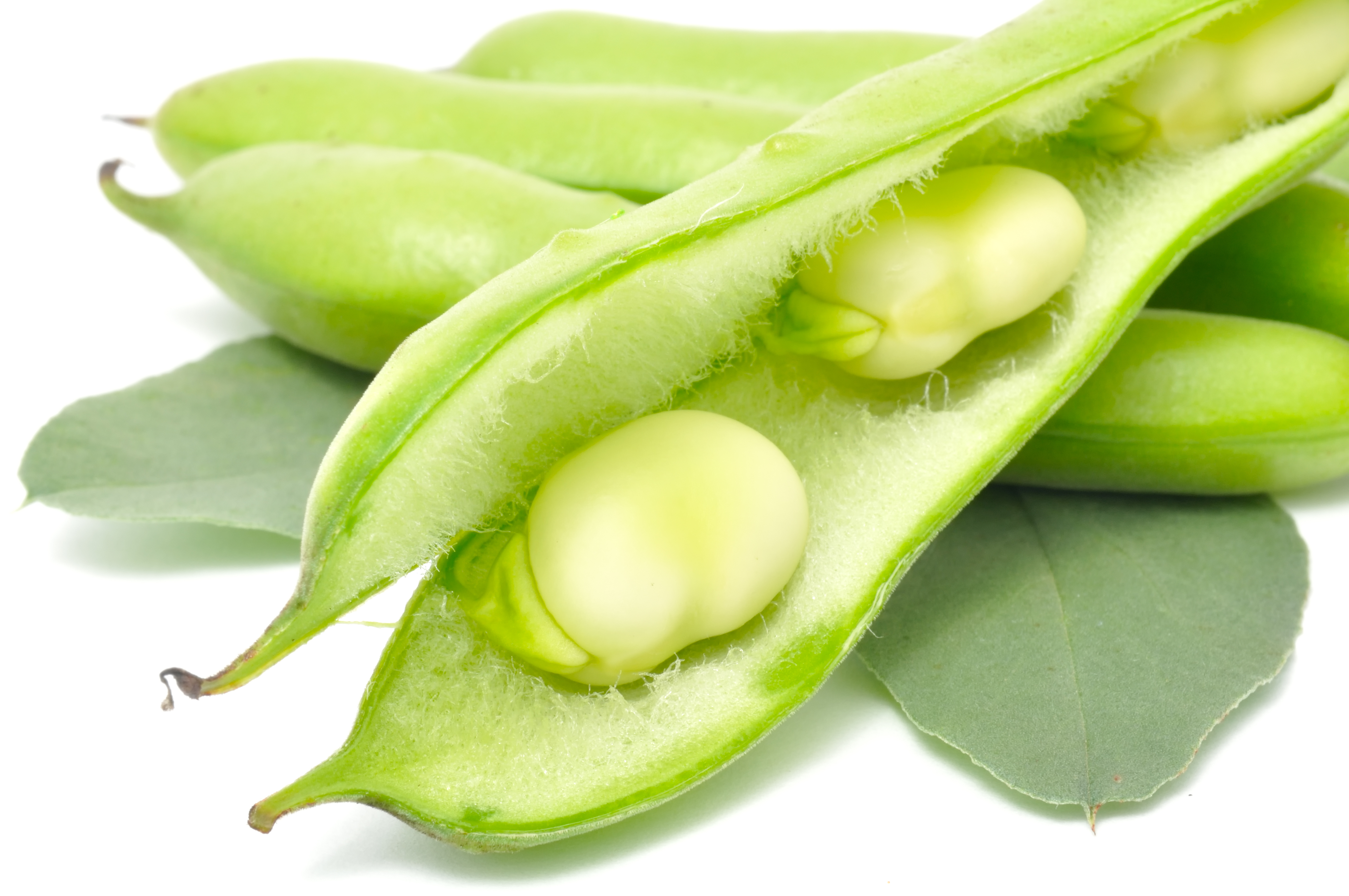More beans and peas, please
“Eat your peas” is not just sternly yelled at picky children. A lot of good reasons to eat legumes exist. Slowly, the grain legumes get more and more attention in Denmark as well. Michelin chef Francis Cardenau praises them, and edamame beans have transitioned from sushi restaurants to almost every supermarket. Nonetheless, in Denmark, grain legumes for human consumption make up a very small part of the production. The new project, GrainLegsGo, wants to change that. Fresh grain legumes for human consumption could be relevant for organic producers in particular, as legumes contribute with nutrients and could, when harvested green, have a positive effect on both carbon storage and nitrogen loss.

In Denmark, grain legumes are almost entirely grown for feed and used in dried condition. This means that they are harvested late, which does not provide optimal conditions for growing cover crops, which are necessary in organic systems. The late harvest can cause problems with diseases and weeds for the organic farmers. But an earlier harvest when the legumes are still green, could solve that. This would provide better conditions for the cover crops - and open up the possibility of growing new species suitable for human consumption.
Chiara De Notaris, PostDoc. at the Department of Agroecology at Aarhus University and actively involved in the Organic RDD project GrainLegsGo, explains this. In the project, the researchers take a closer look at the potential for growing fresh faba beans, soybeans and peas for human consumption.
Chiara De Notaris says: -We have been talking for years about protein from plants instead of animals. But still, the production of plant-based protein for humans is small in Denmark. Legumes are especially relevant for organic production and could lead to more sustainable systems. Also, the value is higher for fresh products, and the residues are valuable from a circular bioeconomy perspective, as they can be used for biorefinery.
New species for human consumption are identified and tested
In GrainLegsGo, different varieties of faba beans, soybeans and peas particularly suitable for human consumption are examined. The species are identified and delivered in collaboration with among other NordGen, the large Nordic seed bank, which has shown interest in the project. It gives the gene bank new insight on the species they have in stock regarding eating quality, performance, resistance and yield, says Chiara De Notaris. In GrainLegsGo, a few individual species will be selected for cultivation in larger plots with specific attention to the interaction of the grain legumes with the cover crops. A larger number of species will be tested on a smaller scale to learn more about the species' characteristics in general.
Jim Rasmussen, Senior Researcher at Dept. of Agroecology at Aarhus University, is the project manager of GrainLegsGo. He says polemically: -When talking about finding alternative sources of proteins, grain legumes are an obvious place to look. The transition for consumers from meat to e.g. faba beans is probably easier and more realistic than getting us all to eat insects.
Positive climate effects
The researchers expect beneficial effects of optimizing the cropping system and combining early harvest of grain legumes with a good cover crop. This means an increased carbon storage and a decrease in loss of nitrogen, both via gasses and leakage.
Jim Rasmussen explains: - Grain legumes pull in nitrogen, and it requires a good cover crop not to lose that nitrogen again. Furthermore, with the legume, you have carbon and nitrogen input connected which most likely is beneficial for the soil microbes to build up a more stable carbon storage.
Read more on grain legumes in the open access archive Organic Eprints |
Bean boxers, anyone?
The residual products, stems and leaves will also be investigated to learn more about their potential in relation to biorefinery, be it in a biogas context or as fiber fractions for e.g. textile production. Here, engineers from AU will map the cellulose in the residual product to see whether it has or can achieve a quality suitable for use in fabric production. So, maybe the bamboo socks in your cupboard will soon be joined by bean boxer shorts.
-However, we only scratch the surface and do not solve the entire climate crisis in this project, Jim Rasmussen emphasizes with a smile.
Market potential and legume festivals
Researchers from RUC will, in close collaboration with producers and the companies Raahandel and Ardo (which owns Frigodan) take a multi-actor approach and carry out so-called Living Labs, where the goal is to create a common understanding throughout the value chain. Here, the end user and producer will have the opportunity to meet, and the mutual feedback throughout the value chain ideally will influence production, handling and distribution.
Last but not least, the project contains a demonstration element, where the idea is to make contact with key players who can help bring legumes into consumers’ consciousness and onto our plates. It could, for example be at major food fairs or in restaurants with leading chefs.
-Who knows, maybe in five years we have an annual event “The grain legume week” at restaurants throughout the country, where the best chefs demonstrate what you can actually do with this product. Maybe it is optimistic, but we set the bar high, Jim Rasmussen says.

GrainLegsGo is part of Organic RDD 6. Organic RDD is short for "Organic Research, Development and Demonstration Program", and is a Danish research program targeted at organic food systems, which is coordinated by ICROFS in collaboration with GUDP (Green Development and Demonstration Program), which finances the program. Read more about GrainLegsGo here The project started on 1.1.2021 and runs until 31.12.2025 |